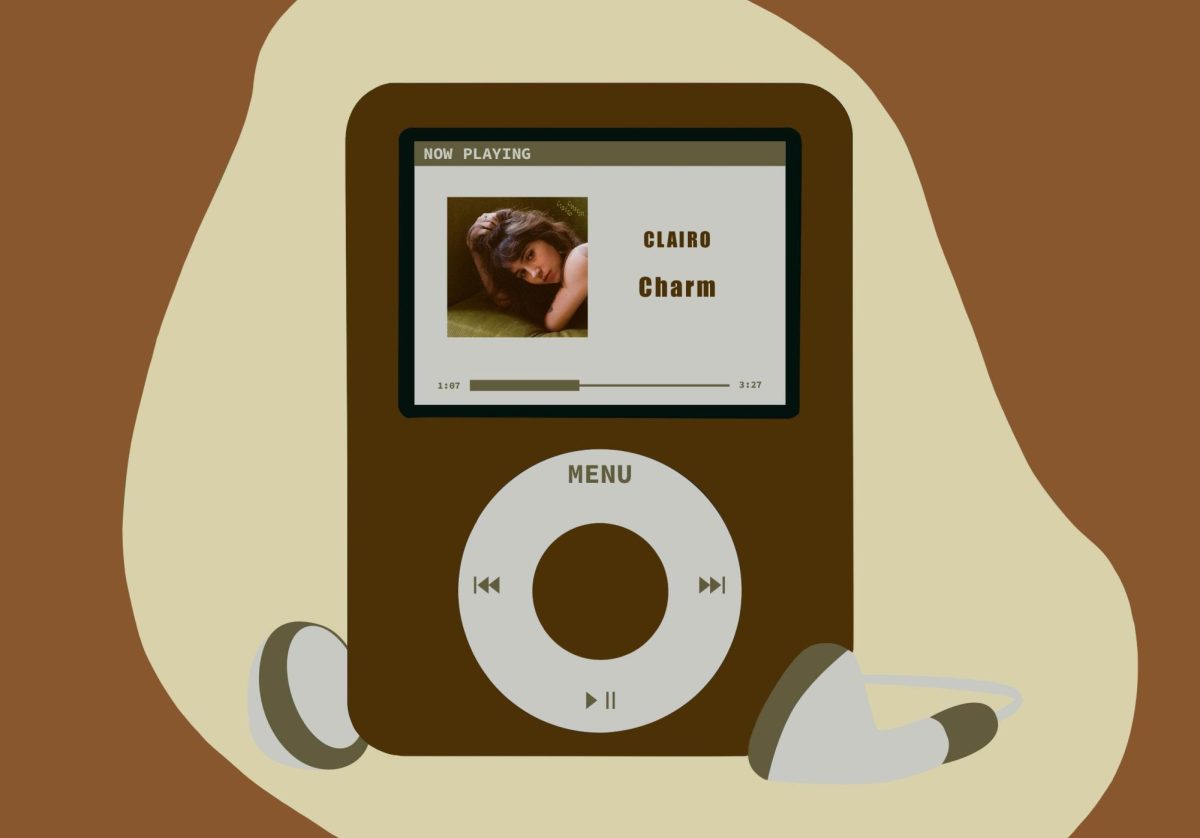Playwright Lee Breuer likes to mix it up a bit.
The Mabou Mines, of which Breuer is a founding member, are an avant-garde theater group using unusual ideas and technologies to alchemize their plays. Puppets, holograms and film are common elements in their productions.
This doesn’t mean that Breuer and company don’t also dabble in the museum pieces of classical drama. Breuer’s directorial adroitness has led to some pretty curious adaptations. In Mabou Mines’ version of Shakespeare’s “King Lear” all the gender roles are reversed.
Currently, his adaptation of Henrik Ibsen’s “A Doll’s House” is being staged in New York. Thanks to Breuer, the play now incorporates puppets and operatic dialogue. The emotional stuntedness of the male characters, Dr. Rank and Torvald, is further highlighted by the casting of little-people actors.
Director Chris Gregory was first introduced to Breuer’s work at a summer theater workshop in Manhattan, Kan. Viewers can now experience the wrath of Breuer’s abstract imagination in Xperimental’s production of “The Red Horse Animation.”
Written in 1970, “The Red Horse Animation” is the second installment of Breuer’s “Animation Trilogy.” The other two plays are “The B. Beaver” and “The Shaggy Dog Animation,” the latter of which won a 1978 Obie award for Best Play.
“The Red Horse Animation” offers viewers three simultaneous narratives of Outline, Lifeline and Storyline, each personified by actors.
Outline (Barbi Strand and Kristi Von Mosch) seems to instinctually crave order. “Why not pretend my life has form. I see an outline,” Outline says. Although when anyone, character or silhouette, seeks conformity, one knows treachery is fast at their heels. Outline voices the concern, “I don’t trust it. It could play me for a sucker.”
Viewers have little time to guess what “it” could possibly be before they are bombarded with two other overlapping narratives.
Lifeline (Megan Fiala and Anne Clark) is on a completely different mental plane. “I feel another lifeline. It’s like breathing separate from my own. The breath expands me,” says Lifeline, a bit more metaphysically than Outline. And then there is the historian of the group, Storyline (Molly Wicks and Matt Alto), who seems packed with reams of useless knowledge from World History 1001. “The Gobi desert is 177,521 square miles. The Gobi Desert is red and yellow,” Storyline says. All that knowledge can’t be good and does keep one cooped up. “‘Mongols leap the Carpathians into Transylvania’ was the subtitle of my first hard-on,” Storyline says.
Breuer’s radical disregard for conventional devices in “The Red Horse Animation” asks for viewers’ special attention.
Gender, plot and normative stage directions (such as setting and time) are ignored, drowning the audience in imagery and words. The dialogue is stilted, doled out in staccato portions, weaving what seems like the narrators’ emotional obtuseness into poetic imagery.
“Breuer’s style is very imagistic,” said Gregory, a junior majoring in Japanese and theater. “There are a lot of strong images. It’s very freely associative and stream-of-consciousness. And I like that because it is really free to work with. It gives the director and the design crew a lot of options and a lot of ways to explore the text. The text sort of asks that you have an encounter with it.”
Even without plot conventions, the force of Breuer’s open-ended narrative is revelatory. As the play progresses, all the narrating voices begin to converge. Everything that once seemed abstract crystallizes momentarily.
Storyline’s early blathering about the Gobi desert and the Mongols starts to take on meaning. Viewers are transported to a desert. “They spent their lives crossing the Gobi desert. Whipped crazy. Station to station. Then hobbled,” the chorus says.
Lines such as “The manner in which I trotted by my sire’s side” align the new narrative with the viewpoint of a horse. Did Genghis Khan really travel through the Gobi on a poetically speaking red horse? Maybe.
Breuer draws parallels and walks away from them like a man leaving behind dots for viewers to connect. The abstracted narrative has the potential to become what we make of it.
Do we have to enjoy Breuer’s theatrical devices? No. Indeed, sometimes the narrative feels pushy. Should that matter? No. This is a creative process. As audience members, we should simply be fascinated at times, confounded at others. The human ability to construct sense and emotion out of dissimilar narratives and images, if only momentarily, is admirable enough.
















